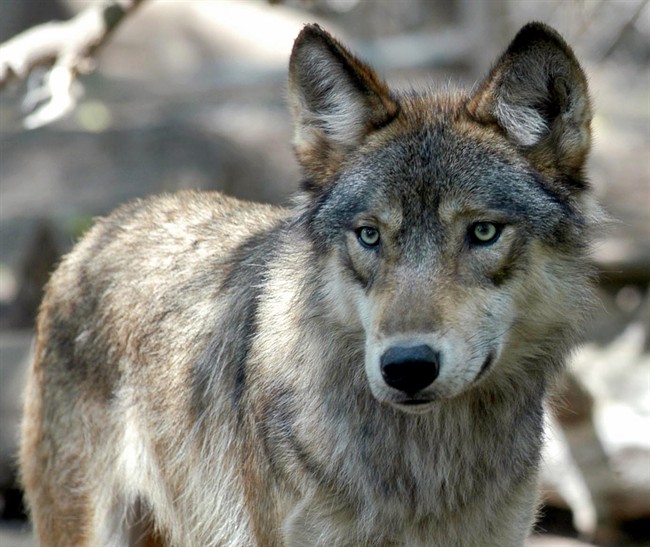A global study shows animals are moving distances two to three times shorter in areas disturbed by humans than in the wilderness.

The study, which is to be published Friday in the journal Science, brought together GPS data on 803 animals from 57 different mammal species on six continents and compared it with a human footprint index.
It involved a total of 114 scientists — including some who study wildlife in Western Canada — who used an animal-tracking database to archive material.
READ MORE: Moose Hunter Survey app aims to better track moose across Alberta
One of those scientists, Mark Hebblewhite, said the study brings information together to make the big-picture conclusion that animals are changing their day-to-day and migratory movements because of people.
“We’ve got elephants. We’ve got bushy-tailed opossums, and animals in Barro Colorado Island in Panama,” said Hebblewhite, a professor of wildlife biology at the University of Montana.
“Yet, across all of these different species, the overwhelming effect of human activity is to reduce their movements.”
Another co-author, Adam Ford, said it’s concerning that animals are moving less in areas disturbed by humans.
“What makes animals unique and special is that they move,” said Ford, an assistant professor in biology at the University of British Columbia Okanagan. “They need to move to get food. They need to move to get shelter and to find mates.”
READ MORE: Bow Valley wolf pack decimated after 1 year
He pointed to research by Hebblewhite that shows wolves couldn’t get to parts of the Bow Valley in Alberta, which changed the entire ecosystem in the area.
“Those barriers to movement were caused by people, even in an area such as Banff National Park,” said Ford.
Watch below: The past year has been tough on the Bow Valley wolf pack, in the Rocky Mountains west of Calgary. Last year, there were 11 wolves in the pack, now there are just two. David Boushy reports on what caused the sharp decline, and what the future holds for the pack.

Hebblewhite and Evelyn Merrill, a professor of biological science at the University of Alberta, have been studying wolves and elk in and around the national park since 2001.
READ MORE: Elk in parts of Alberta, B.C. have learned to become almost ‘invulnerable’ to hunters: study
They’ve had similar findings in research on elk in Alberta and B.C.
“The road networks, highway fragmentation, dams, reservoirs, fences — all of these things — are making it more difficult to migrate in the first place,” said Hebblewhite.
“The second thing we’re doing is supplementing them with food,” he said pointing to animals on golf courses.
Hebblewhite said lower population numbers result when animals move less.
“Studies have shown that if the Serengeti wildebeests didn’t migrate, there would be 50,000 to 100,000 of them instead of 1.5 million,” he said.
Work on elk has had similar results.
“Twenty years ago, 90 per cent of the population was migratory; 20 years ago, there were 2,000 elk,” said Hebblewhite. “Now, 30 to 40 per cent of the population is migratory and we have 500 elk.”
READ MORE: Alberta study finds people, not roads, bug grizzly bears the most
Fewer elk means less food for hunters and predators such as wolves and grizzly bears.
“The loss of elk are leading to declining wolf and grizzly bear populations in places like Banff.”
Merrill, also a co-author on the study, said the latest results support earlier findings.
“The fact we can do this at the global scale now is really the significance of this paper,” she said. “It reinforces that what we are finding at the small scale is happening more globally.”
All of the researchers said the paper is important because it shows the importance of wildlife to be able to move freely.
“Our efforts in terms of conservation are important,” said Merrill. “It’s important not only for the persistence of the species, but also for the role in the ecosystem that they play.”

Comments